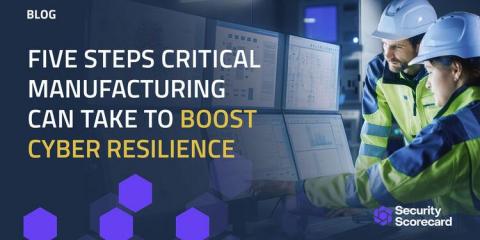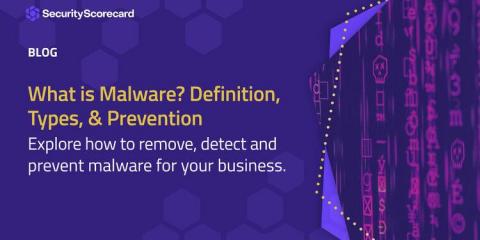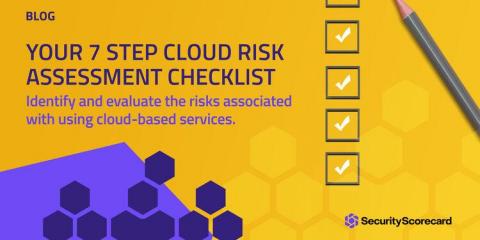Enterprise Cybersecurity: What it is & Why it's Important
Having effective enterprise cybersecurity is more than having your employees create a password that isn’t their pet’s name—unless perhaps their cat’s name is at least 12 characters long, and a combination of upper- and lower-case letters and symbols. Whether it’s well-researched spearphishing attempts or bypassing MFA, threat actors have only become more daring.











